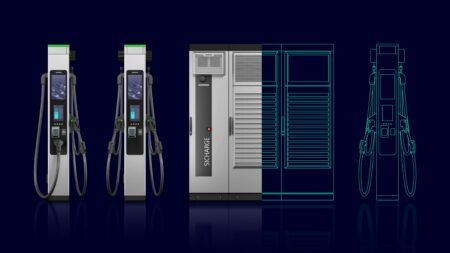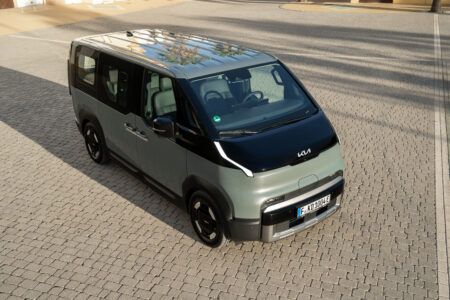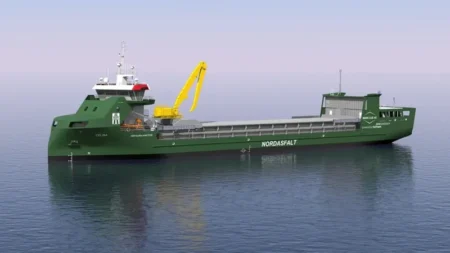Škoda designer Richard Švec has created a modern interpretation of the 110 R coupé, reimagining the 1970s model as an EV while maintaining its rear-wheel drive layout.
The concept, developed by Švec as part of Škoda’s digital modelling team, applies the brand’s Modern Solid design language to the classic coupé rather than attempting a direct recreation. The designer incorporated subtle references to the original while prioritising contemporary proportions and surfaces.
“I didn’t want to recreate the past,” Švec said. “The goal was to capture the spirit of the 110 R in a car that feels innovative and absolutely contemporary. Finding the right balance between heritage and modernity was the real challenge.”
The design retains elements that reference Škoda’s motorsport history, including flared arches, a visible roll cage, centre-lock wheels and ribbed bonnet detailing that nod to the 130 RS race car. Side air intakes from the original have been reinterpreted as cooling ducts for the battery pack.
“Because an EV doesn’t need the same kind of cooling system as a combustion car, I was able to keep the shapes and surfaces beautifully clean,” Švec explained.
The concept features cameras instead of conventional mirrors and concealed headlights behind sliding covers. Rather than replicating the original’s round headlights, Švec used Škoda’s Tech-loop lighting signature introduced with the Vision O concept. A black front panel houses sensors and vertical LED running lights, while an illuminated Škoda badge appears at the front, rear and on the wheels.
“Lighting tells you so much about a car’s era,” he said. “Reusing round headlights or retro tail lamps would have been too backward-looking.”
Švec developed the concept through sketches before creating a 3D digital model. Like previous Škoda design studies including reimagined versions of the Felicia Fun and Favorit, the 110 R remains a concept with no production plans.
The original 110 R was produced at Kvasiny between 1970 and 1980. Based on the 110 sedan, it featured a rear-mounted 1,107cc four-cylinder engine producing 62 PS paired with a four-speed manual gearbox. Weighing 880 kilograms, the coupé could reach 90 mph and served as the basis for competition models including the 200 RS prototype and the 130 RS, which achieved success in rallying and circuit racing.
Škoda continues to reference its historical models as inspiration for current design work across its vehicle range.





